The iconic imagery of Maritime artist Alex Colville (1920–2013) has the power to seem ubiquitous. To Prince Edward Island has become a familiar image to Canadians: the scene of the painting is the top deck of a P.E.I. ferry, where a woman looks directly out at the viewer through a pair of binoculars while a man sits behind her, his face obscured by her body.
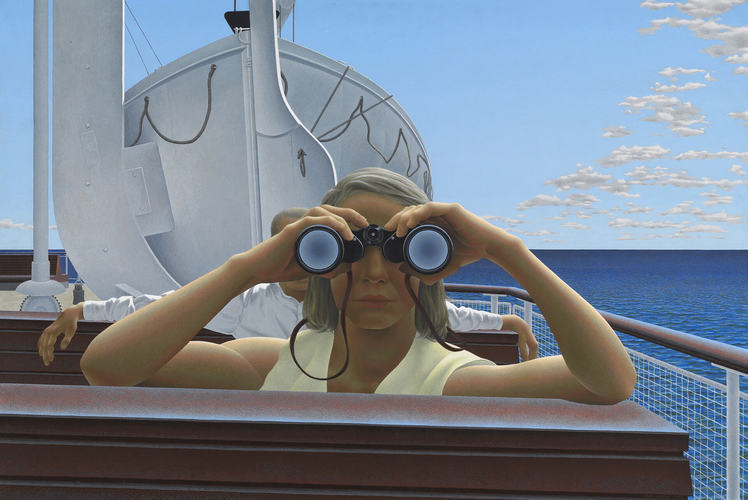
Alex Colville, To Prince Edward Island, 1965
Acrylic emulsion on Masonite, 61.9 x 92.5 cm, National Gallery of Canada, Ottawa
Colville situated this painting as a contrast between what he describes as “the searching vision of the female” and the “stupid and passive” approach of the male gaze: “The woman sees, I suppose, and the man does not.” The act of perceiving is a constant theme in Colville’s work. Here that theme is joined with another of his common themes: the relationships between men and women, particularly husband and wife.
Each individual is always an observer—that is inescapable for Colville. He directly addresses the viewer in this painting in a way that generates unease and fascination. The female figure appears to be looking back at us as we gaze at her, but the blank eye pieces of the binoculars put the lie to that self-deception. She regards the horizon, scanning the distance—looking right through us. You cannot truly know anyone, Colville seems to be saying, we are alone, together.
This Spotlight is excerpted from Alex Colville: Life & Work by Ray Cronin.
 Stitching the Archives
Stitching the Archives
 A Working-Class Hero
A Working-Class Hero
 Imagining Entangled Futures
Imagining Entangled Futures
 Bridging Far and Near
Bridging Far and Near
 Soft Power
Soft Power
 Imagining Emancipation
Imagining Emancipation
 A Priceless Portrait
A Priceless Portrait
 Meditation in Monochrome
Meditation in Monochrome
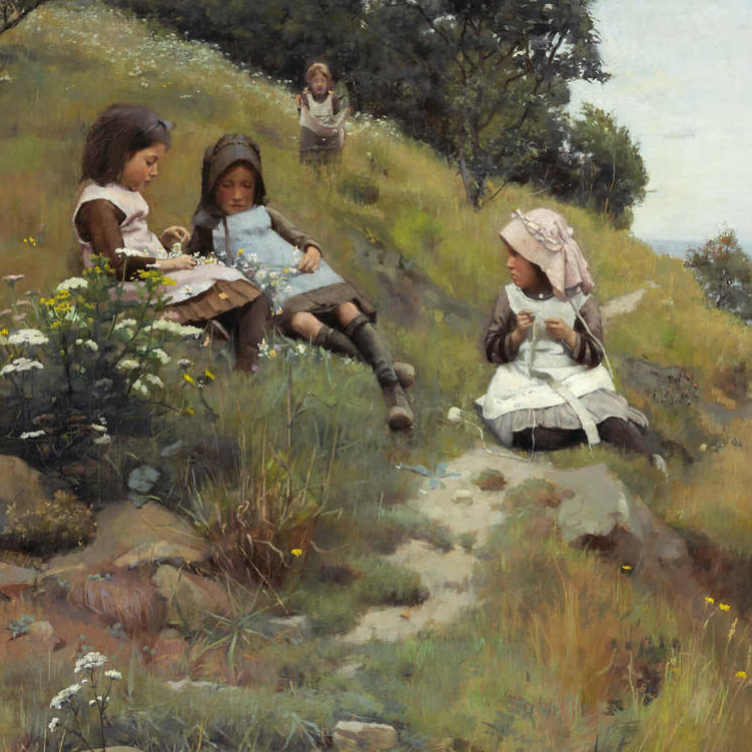 Making His Mark
Making His Mark
 Honour and Sacrifice
Honour and Sacrifice
 A Monstrous Vision
A Monstrous Vision
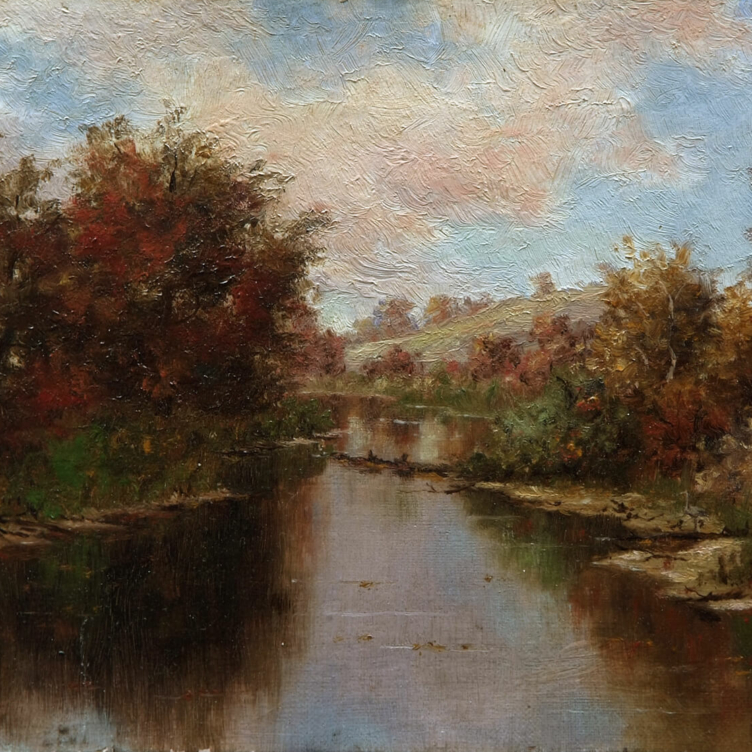 Remote Beauty
Remote Beauty
 Pride and Resistance
Pride and Resistance
 Dressed for Danger
Dressed for Danger
 Masks from the Past
Masks from the Past
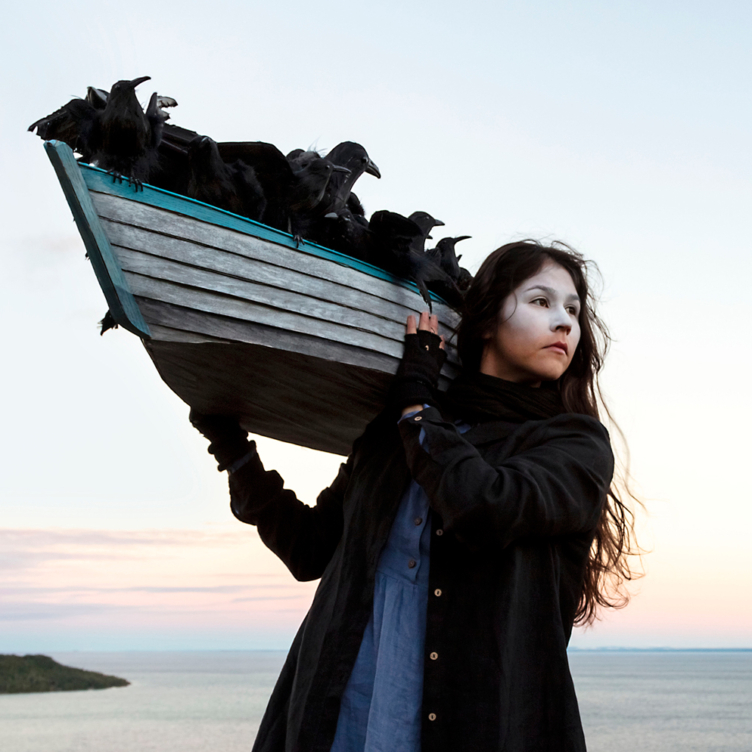 Lessons from the Land
Lessons from the Land
 A Cultural Hero
A Cultural Hero
 Food for Thought
Food for Thought
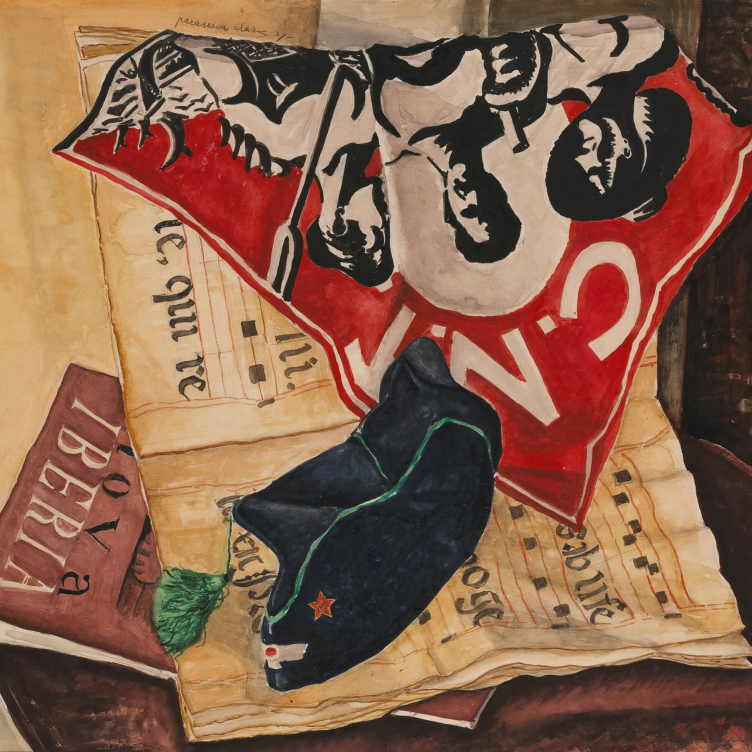 A Passion for Activism
A Passion for Activism
 Starvation and Scandal
Starvation and Scandal